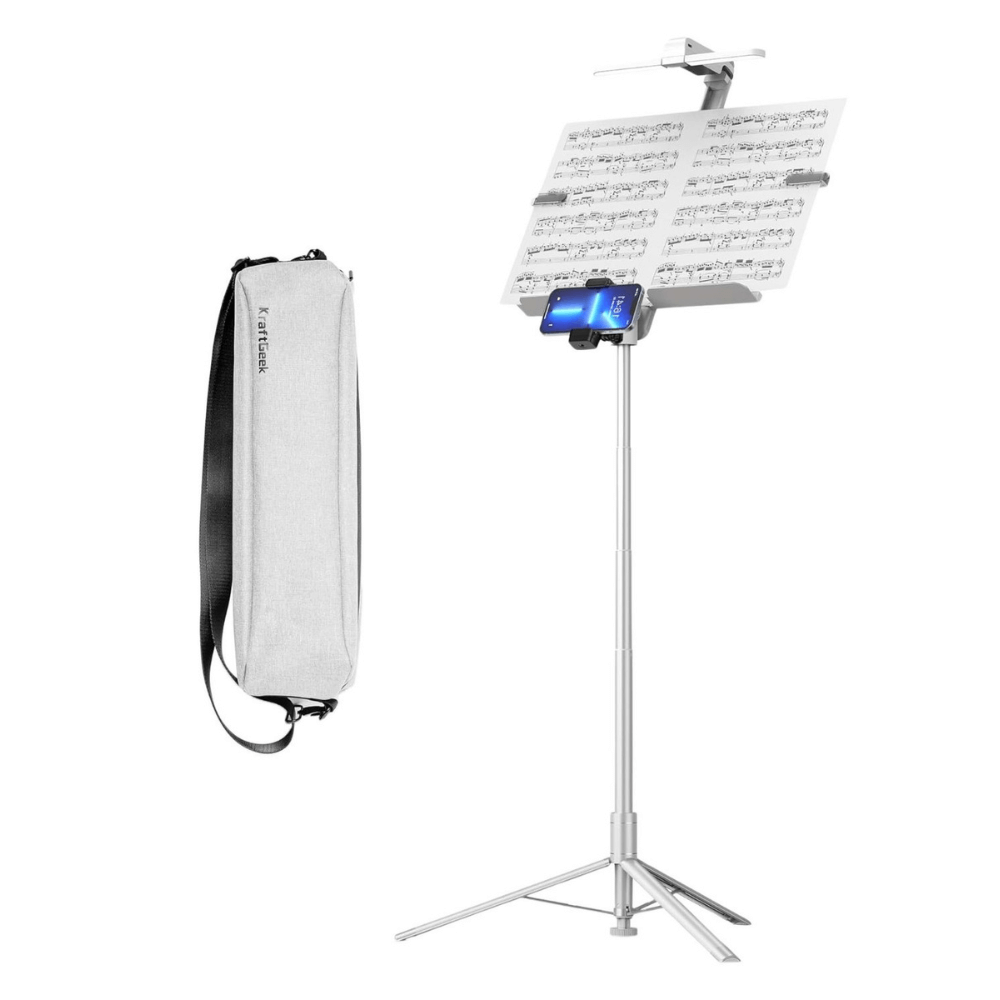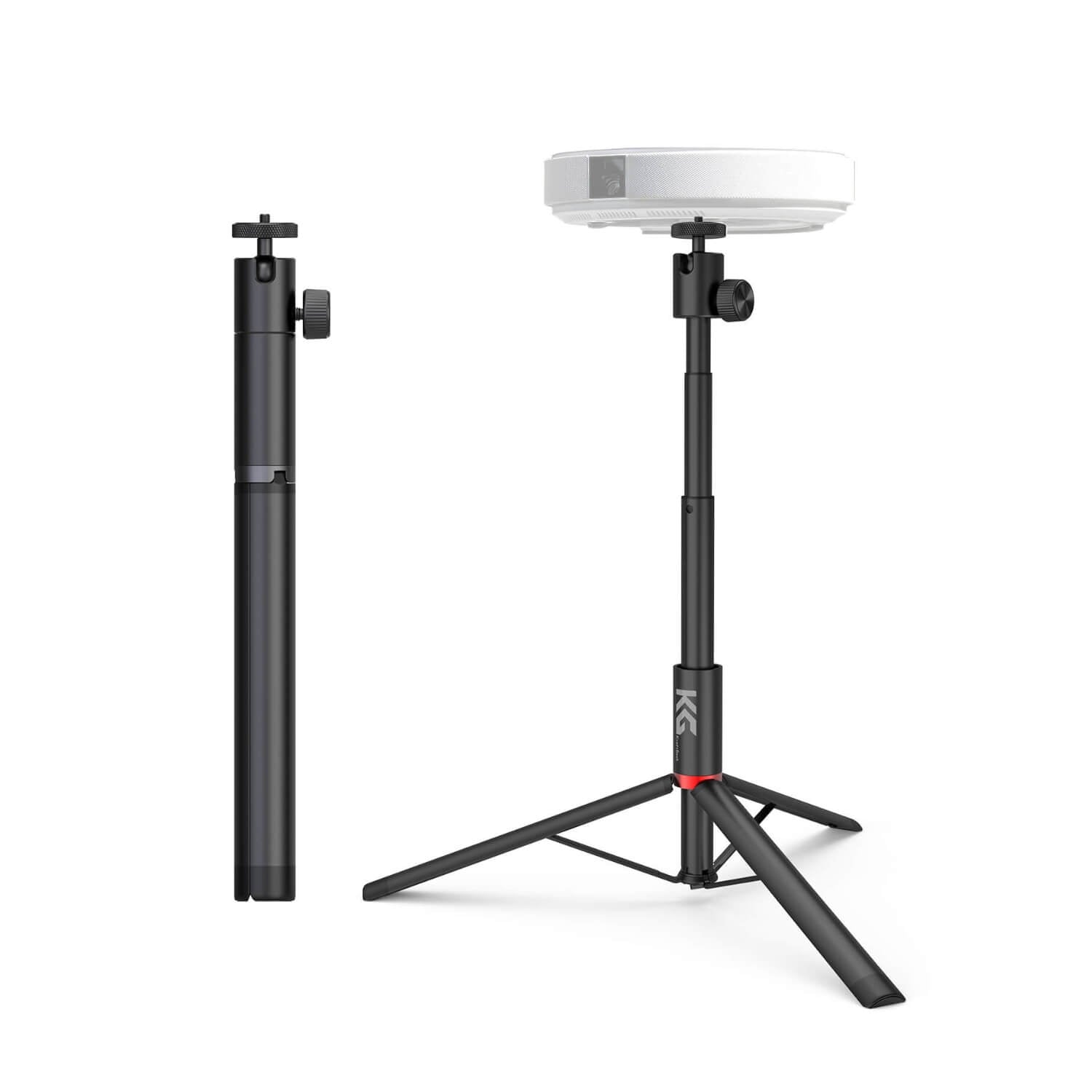As a parent on a mission to bring some musical charm into their young child’s life, you would want your little one tapping those tiny feet and singing along with the beats of today's greatest hits. For this blog, we discuss some practical workarounds to let the melody into your home even without a quad music theory.
Importance Of Musical Diversity
As a parent, the most precious gift you can pass on to your kids is an opportunity to form their senses through listening to this abundant variety of musical abilities. Your little ones are exposed to the works of classical symphonies, toe-tapping jazz, and everything else in between. Music opens ears and hearts for a sonic wonderland world.
By introducing your kids to a number of music styles, we not only widen the scope of their musical knowledge but also teach them how great cultural variety is. In addition, it supports inclusivity based on musical variation through which children are raised as empathic and understanding.
How To Prepare For Interactive Musical Activities
Interactive musical activities engage children in the process of creating music, engaging all senses and requiring active participation. Other forms of development that interactive activities promote include holistic maturity whereby children undergo wholeness.
Sing-Along Sessions
Organize an energetic sing-along which will include children’s songs, nursery rhymes, and popular tunes, and have everyone in the family singing. Help your child to follow the rhythm by encouraging them to sing, and clap hands with their rhythms of music as you discover in it joys together.
Musical Games
Jazz up playtime with musical games that bring in minutes of fun and the benefits of learning. Classic favorites such as “Musical Chairs” and “Simon Says,” creative variations of the theme like ‘Dance Freeze’ and ‘Pass The Parcel', keep children engaged in building vital skills – listening coordination and turn-taking.
DIY Instrument Making
Encourage creativity with homemade musical instruments from everyday materials. Turn a box of tissues into an improvisational guitar by stretching rubber bands over the opening – use thick ones for low notes and thin ones to mimic high-toned strings. Your child can strum the rubber bands making different sounds providing a dynamic fun tune of what it takes to learn how to play string instruments.
You can also use things readily available in your house for a makeshift music stand as have the likes of a sturdy cardboard box, stack books, or anything that will serve. Have him child stand up in front of the music or lyrics, prop them onto the sheet, and face her towards his own constructed ‘instrument’.
Musical Storytime
Communicate storytelling techniques with musical elements to have a miraculous feel for your child. Select stories that are written in song or even better, include musical instruments and sound effects to your children’s readings. Talk with your child about the process of storytelling—helping them to use their imaginations and become part concocter, as well as viewers or listeners.
They may identify music that they associate with different parts of stories; and put it into a sound guide for each piece in the main musical sequence.
Dance Parties
Let loose with dance parties anywhere there is an audio system, mostly at home. Prepare themed playlists featuring a conglomeration of music genres and foster that movement as your child listens. Dance parties not only serve as a wholesome method of getting rid of energy but also establish one to be an ideal opportunity for the family team building occasion along with creating unforgettable memories.
How To Incorporate Music Into Your Child's Daily Activities
Listening to music with family and friends promotes feelings of togetherness that enhance the power between them. It can be singing synchronously while driving or dancing in the kitchen while having a meal.
Soundtrack for Everyday Tasks
Make your tasks and routines musical by creating themed playlists for various activities. Use positive tracks and calm songs as needed with your work aerobics or unwinding before bedtime, depending upon the task. Consider using a portable music stand to hold sheet music or lyrics while you sing or play along with your favorite songs.
Musical Mealtimes
Transform mealtime into a musical experience by playing background music during family dinners. Choose a variety of genres to suit different tastes and create a relaxed ambiance that encourages conversation and connection. Experiment with different styles of music, from classical to jazz, and observe how it influences the dining atmosphere.
Car Karaoke
Convert your car rides into karaoke sessions to sing along with your favorite songs as a family. Pick your favorite songs by all group members and sing them together. In addition, this increases the enjoyment of the trip and creates relationships as well as shared memories.
Bedtime Lullabies
At the end of a long, day unwind with lullabies and soft tunes to soothe your child into sleep. Develop a standby or set playlist of soft, instrumental music with vocal emphasis to create an ambiance that is relaxing and conducive to sleep. It is possible to include a music stand if the lyrics or sheet music need displaying during bedtime sing-alongs.
How To Engage With Musical Media
Many musical media platforms incorporate interactive features such as games, quizzes, and virtual instruments, making learning music fun and engaging for children. These interactive elements encourage active participation and hands-on learning, fostering a deeper connection to music.
Streaming Services
Look at music streaming platforms that are child-oriented, featuring curated playlists and radio stations suitable to the age group. Make playlists that are a mixture of genres, artists, and songs to use as background music while playing together or studying- both alone with friends – in group gatherings.
Educational Apps
Identify educational applications that have been set to teach children the theory of music, instrument basics, and musical composition. There are also apps with such lessons, games, and tests for a range of ages or levels. Try to encourage your kid to explore alone these apps or share guided learning sessions.
Virtual Concerts and Performances
Choose to engage your child in virtual concerts and live music streamed broadcasts that permit the actuality of life without giving up staying at home. There are numerous artists and organizations that offer free or underpriced virtual concerts for children and families to enjoy together, exposing them to the wonder of live music.
Online Tutorials and Workshops
Find online tutorials that help children learn how to play instruments, sing, or write songs. Many websites and platforms that are dedicated to the music education field have all types of instructional videos as well as learning resources for beginners regardless of age. Try to motivate your child to try out other instruments and various music styles until they find what inspires them.
Virtual Music Lessons
Think of signing up your kid for virtual music courses taught by a professional teacher who will give individual instructions and corrections. Various music teachers provide their services online in the form of video conferencing, enabling children to learn at home. Virtual instruction has as much to offer as possible in any form of musical education.
How To Cultivate A Musical Environment
A conducive musical environment demonstrates the stimulation of children’s senses, sensory modality in auditory perception, rhythmic feel, and emotions. Children’s exposure to a wide variety of musical genres and styles within the home context enables them to widen their cultural scope, and learn how they appreciate divergent forms or types of music.
Music as Background
Combine music with daily activities by playing background music while eating, playing sanctions, and resting. Select a diverse range of genres and styles for different moods and occasions, so as to achieve an energetic musical landscape that can reflect the character of your house.
Live Performances
Family informal concerts or jam sessions in which the family members demonstrate their musical abilities and succeed in sharing a mutual love for music with each other. Promote the involvement of children by singing, using musical instruments, or performing a form of dance to promote feelings of collaborative spirit.
Access to Instruments
Children must have ready access to some musical instruments within the home setting, whether it is a keyboard in the lounge room, ukulele in the playroom, and set of rhythm sticks or other percussion sets from the spatial arrangement kitchen. Making instruments available without any obstacles fosters natural exploration and improvisation, giving children a plenitude of opportunities to find music as an outlet for their creativity.
Interactive Musical Activities
Incorporate interactive music activities in the day-to-day routines, including singing bathing songs at bath times, making homemade instruments during arts and crafts sessions, or hosting musical storytelling at bedtimes. Such activities are not only entertaining and engaging children but also developing their musical literacy and expression.
Modeling Musical Behavior
Act as a music icon to your children by practicing actively in musical activities. Be enthusiastic about music while singing, playing instruments, and listening to it as a family. Your engagement and interest will motivate young people to develop their own musical interests, tastes, as well as talents.
Designated Music Space
Your home should have a dedicated music place where children can indulge in musical activities and toys. Furnish this space with different instruments, music books, and a music stand that will make sheet music or lyrics be visible. Inspire this generation to spend moments in this musical sanctuary, which has sense of ownership and belonging character.
Product Recommendations:
Conclusion
Parents are not only an indispensable part of creating the appropriate environment for making decisions about musical experiences that children have but they also enable them to make a life-long love towards music. Keep building a musical culture in which our children can flourish, the gift of music that will outlive them throughout their lives.










